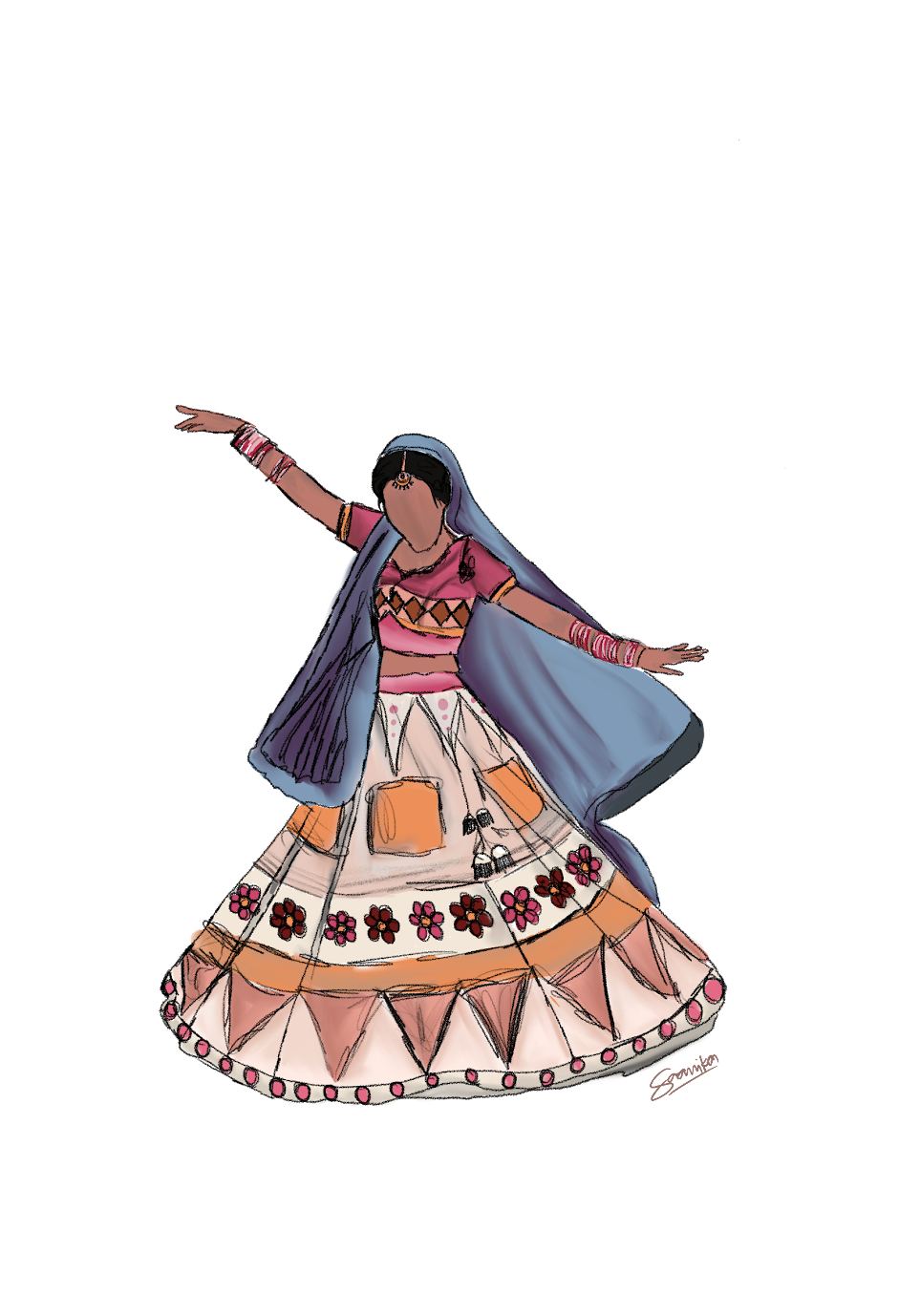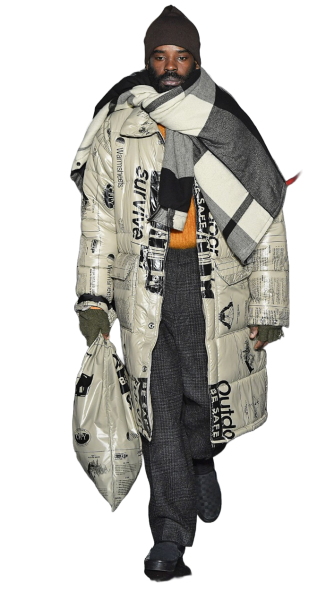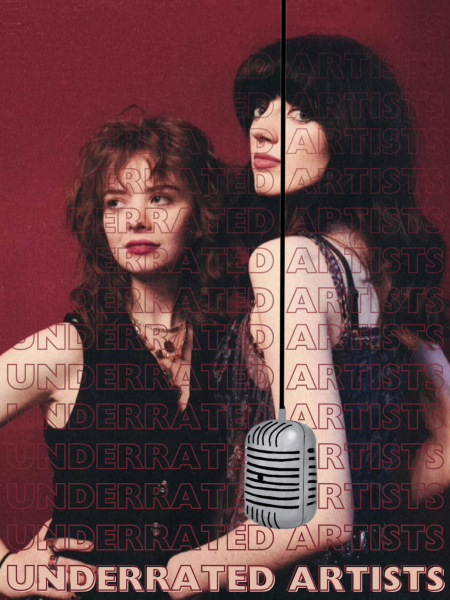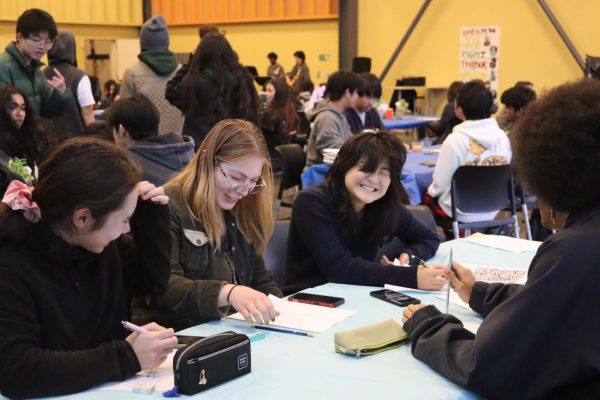Fashion is more than the runway
Cultural fashion deserves more attention, appreciation
Cultural fashion is about so much more than just clothes and appearances. It is a form of self-expression and a great place to start important conversations about heritage.
The art of fashion is not limited to one area of the world, as the fashion industry is an ever changing phenomenon. Every day, new styles are emerging from different cultures. Fashion is often seen as superficial and materialistic, but it can also be a powerful tool for self-expression and cultural identity. For example, holidays are a perfect time for people of different backgrounds to dress up in traditional attire. As a Chinese woman, on holidays such as Chinese New Year, my family and friends would gather in Qi Pao and Tang Zhuang. These clothes connect me to my Chinese background, an important part of my identity, as all my family members and ancestors have worn similar clothes for the same occasion.

(Illustration courtesy of Saanika Patel)
Just as art and music reflect popular trends, fashion does as well. Over the years, fashion trends are always changing from the hippie style in the 1960s to the early 2000s Y2K velvet tracksuits. Style is an expression that lasts over many seasons and is often connected to cultural movements and social markers, symbols, class and culture like Baroque. According to Britannica.com, the Baroque period (17th-18th century) was an era in Italy that embraced painting, sculpture, architecture, decorative arts and music. Baroque fashion emphasizes dramatic, exaggerated motion and clear, easily interpreted detail. Their clothes represent traditional customs passed through generations.
In recent years, I have seen a renewed interest in traditional cultural clothing, with designers and brands drawing inspiration from a wide range of sources. For example, the relatively new fashion brand Busayo uses traditions from the designers’ Nigerian background and knowledge. They use a cloth called adire which is, “a traditional Yoruba textile dyeing technique that began in Southwest Nigeria at the turn of the 20th century, ” according to their website. This technique allows them to experiment with texture and color, creating unique fabrics for their products. Busayo uses its platform to spread awareness of Nigerian culture and trends by sharing tales from Nigeria.
In the interconnected world we live in today, fashion is a universal thread that allows people from different backgrounds and walks of life to connect with and understand one another. Every piece of traditional clothing is unique because it holds a different meaning for different people. To one person, it may look like a dress, but to someone else, it could be a significant part of their culture.
Helen is a senior and is currently one of the Sports editors. This is her third year in The Epitaph and as her final year, she is excited to mentor new...












